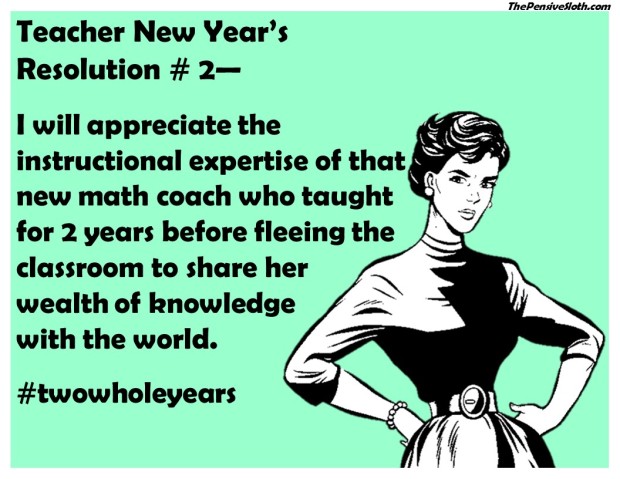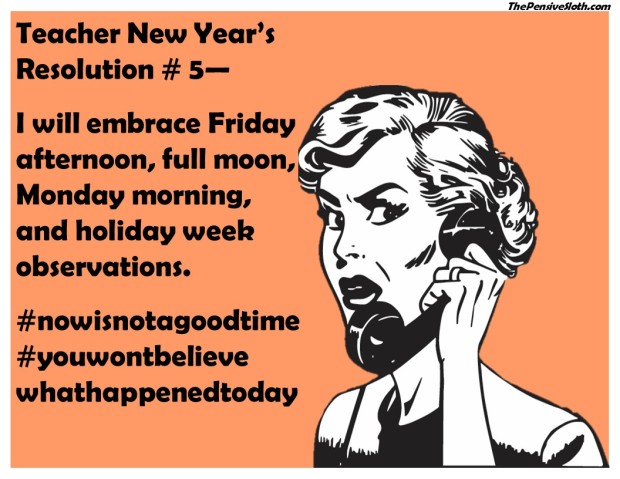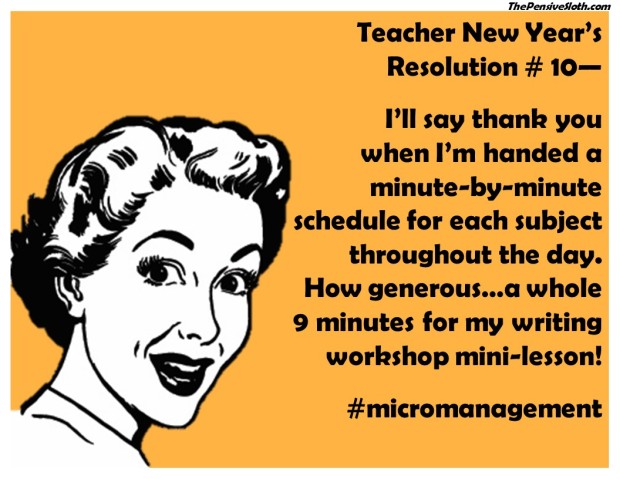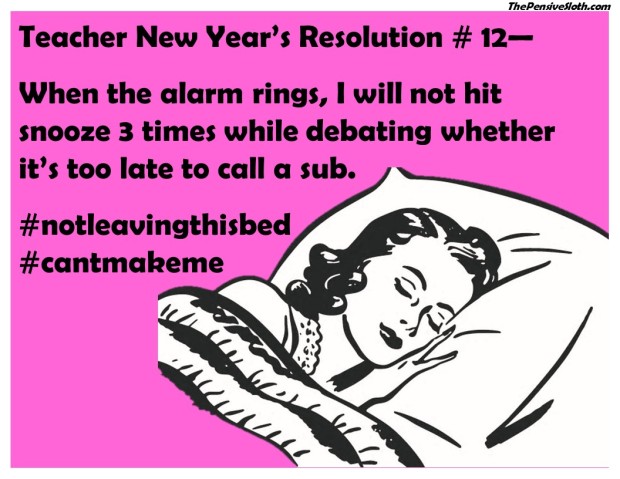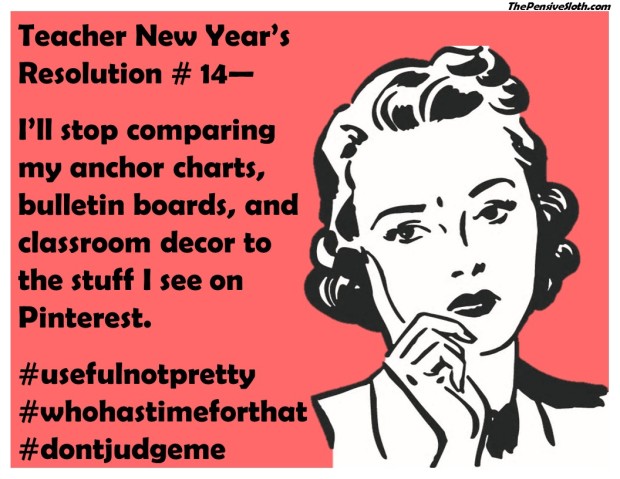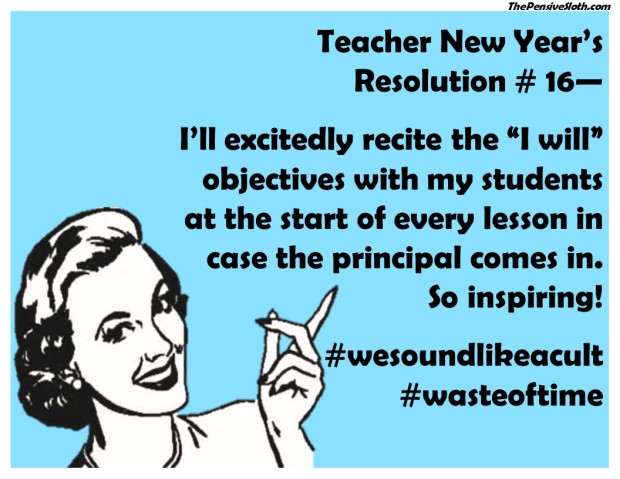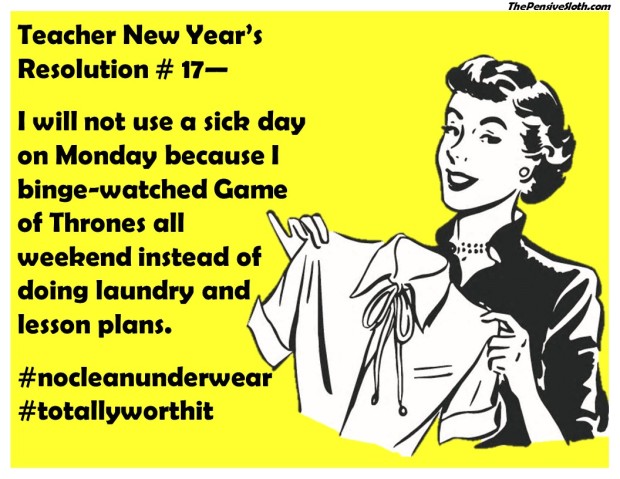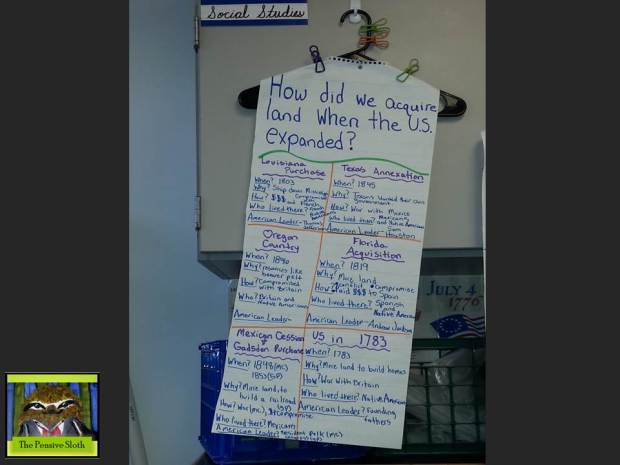
An Open Letter to Administrators
If you haven’t heard of Nutraloaf, it’s basically a substance given to prisoners who haven’t made good choices. I’ve read that it contains fruit, meat, grains, and veggies all ground up and packed into a warm, moist brick and served for breakfast, lunch, and dinner! It looks gross and probably tastes worse. Prisoners complain, but what choice do they have? Officials say it’s food and provides proper nutrition to keep prisoners healthy. They’re required to feed prisoners, and Nutraloaf does just that. End of story.
So, what does this have to do with teacher professional development? Before the kids come back, teachers spend a week participating in icebreakers, listening to repetitive trainings, and completing random tasks that feel more like busy work. Most of us hate these days. Why? Because it’s Nutraloaf. It meets the requirements of PD, but is less than appetizing to our teacher brains. It just isn’t meaningful or relevant. Teachers don’t hate professional development. They hate professional development that wastes their time.

The vast majority of us work hard to improve our practice everyday. We want to do what’s best for our students, and as new instructional strategies are developed and new research is published, we want to know about it and try it out with our kids to maximize the student experience. Unfortunately, we’re still spending hours talking about learning styles (not really a thing) and being told how to implement district non-negotiables such as posting objectives and teaching the new Pearson curriculum “with fidelity.”
How do we fix this? A week is too much. Truly. Towards the end, my excitement about starting the year is gone. I’m overwhelmed and only remember a few things. The new requirements weigh heavy on my teaching soul and I want to go back to lazy summer days! Here’s what needs to happen that week before the kids come.
Day 1–Schedules and procedures training
Day 2–Work in my classroom
Day 3–Work in my classroom
Day 4–Plan with colleagues
Day 5–Plan my personal lessons and prep for the first week
But don’t teachers need to learn new things? Of course! So let’s try something different.
First, SPREAD IT OUT. Let’s embed PD into our practice throughout the year. Perhaps a day per six weeks without students, where we focus on what makes us better. Give the kids a Friday off, and host a helpful PD session that day.
Host a training on Saturday, but give us that Monday off so we still have a weekend. This way, as we see what our kids need, we can learn how to address those needs with meaningful PD experiences.
Second, PUT TEACHERS IN CHARGE OF THEIR OWN GROWTH. We want our students to be self-directed learners, so why isn’t this encouraged in teachers? Let us plan what we need to learn and how best to learn it. I personally struggled with a class that was difficult to manage this year. I spent a few hours reading new strategies and watching Teach Like a Champion videos. It was relative and had a direct impact on my students. Give me credit for this. I’ll gladly write a short reflection. What about book studies? Let us choose a book and chat with our colleagues about the new things we’ve learned and how we’re trying them with our kids. Offer a variety of trainings throughout the year and let us choose what we’re interested in. Key word: differentiation. A fifth grade science teacher does not have the same needs as a 1st grade teacher, just as a veteran of 20 years does not need the same training as a brand new teacher. Let us take advantage of the multitude of PD available online. Many of us are doing it anyway, so why should we still have to sit through a week of mediocre activities at the start of a new year?
Third, BRING IN EXPERTS. Pool resources with other schools and districts and bring in leaders in the field of education like Page Keeley, Donalyn Miller, Lisa Van Gemert, Gretchen Bernabei. Or put the funds in place for us to go see them and spend time at state and national conferences.

Finally, TREAT US LIKE PROFESSIONALS. I swear, if I have to walk around and do another human bingo about who has 3 cats or went to the beach this summer, I’m going to explode! I doubt they do these activities when lawyers, medical professionals, and engineers gather. Limit, or ban, stupid icebreakers and busy work that fill our days. I don’t need to make an anchor chart of the non-negotiables I learned about at today’s training, nor will I benefit from you reading PowerPoint slides to me VERBATIM. Ugh!
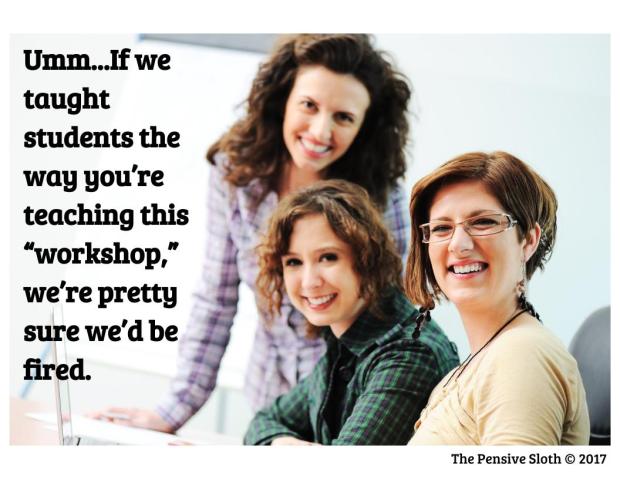
It’s time for PD to adapt and venture into the 21st century. Our classrooms are moving forward, why is teacher PD still the same as it was 30 years ago? We’re hungry, we’ve made good choices, and we deserve better than Nutraloaf professional development.
–The Pensive Sloth
Looking for back to school humor? Find out what teachers are REALLY thinking!

